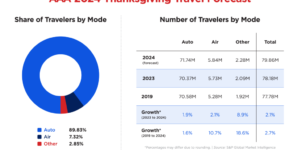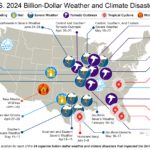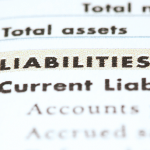Developing countries should be more willing to take risks that have the potential to spur growth, the World Bank said in a report.
While disregarding risk can lead to economic disaster, too much fear of it can hinder improvements in living standards, according to the report released as the lender prepares for its annual meeting this week in Washington. The report lays out strategies for managing the tradeoff between avoiding costly shocks and pursuing opportunities.
“There is substantial evidence that recognizing and preparing for risk can pay off abundantly,” World Bank President Jim Yong Kim said in the foreword accompanying the report. He called on the bank’s member nations “to move from being ‘crisis fighters’ to becoming ‘proactive and systematic risk managers.'”
Having insulated their economies from the financial crisis with conservative policies, many low-income countries would benefit from enabling more risk taking in their private sectors, according to the report. The recommendations reflect the bank’s push under Kim to develop a bolder approach to its goals of ending extreme poverty by 2030 and lifting incomes of the poorest 40 percent.
As emerging markets contend with volatile capital outflows, their efforts to preserve financial stability are coming back into focus. During the global downturn, some developing economies showed resilience because of “macroprudential” regulations they had adopted to a greater extent than advanced economies, the Washington-based bank said.
Macroprudential Tools
In South Korea, for example, banks are taxed as much as 0.2 percent of their non-core, or discretionary, liabilities to keep them from assuming harmful debt. Other macroprudential policies cited in the report include reserve requirements for banks and limits on dividends in good times to ensure a capital buffer in bad times.
Governments should also follow Singapore’s example in setting up a national board that assesses how risks interact and how to address them cost-effectively, the World Bank said in the report.
The bank warns against bailouts except in cases where the loss of an institution would devastate the overall economy.
When a crisis does happen, the poor tend to be affected disproportionately and are less likely to recover, the report said. The self-employment rate is more than 80 percent for sub- Saharan Africa, and about 70 percent in South Asia, meaning these people’s incomes can collapse easily from a shock.
Rural Insurance
Rural populations often lack access to formal insurance products that would help them spring back from illness, famine or natural disaster, according to the report. They may be forced to sell their productive assets in order to cope, making it even harder to escape from poverty.
The link between insurance and poverty reduction caught the attention of Mushfiq Mobarak, a development economist at Yale University in New Haven, Connecticut. As part of his research in India, he designed and sold a contract that bases payouts on the timing of rainfall.
Traditionally, Indian farmers had no choice but to form groups that help each other as needed, he said. Because the insurance companies are typically far from agricultural areas, they couldn’t know if farmers actually faced bad conditions, or if having insurance caused them to understate their yields.
Now it’s cheap enough for the insurance companies to install weather monitors near the villages. The farmers get more compensation the longer they go without rain. While the insurers are freed from worrying about dishonesty, their new policy holders feel safer about experimenting with different crops and methods, Mobarak said.
More Varieties
“We found that once they get insurance, these people start taking more risk. Specifically they switch to high-risk, high- return technologies and pursue more crop variety,” said Mobarak, who observed about 5,000 Indian agricultural workers and their reactions to being offered rainfall insurance.
The World Bank report coincides with its effort under Kim, 15 months into his presidency, to focus on larger-scale projects and shift away from a risk-averse culture. Today’s report “cautions that the greatest risk may be taking no risk at all,” Kim wrote in the foreword. “I could not agree more,” he said.
–Editors: Brendan Murray, Carlos Torres




















 The U.S. Has Sustained 24 Billion-Dollar Disasters in 2024
The U.S. Has Sustained 24 Billion-Dollar Disasters in 2024  Commercial Lines Profit Growth: Execution Matters More Than Portfolio Mix
Commercial Lines Profit Growth: Execution Matters More Than Portfolio Mix  More Than Half of All Employees in Finance, Insurance Work Remotely: Triple-I
More Than Half of All Employees in Finance, Insurance Work Remotely: Triple-I  Swiss Re Execs Sleeping Well After $2.4B Q3 Reserve Boost
Swiss Re Execs Sleeping Well After $2.4B Q3 Reserve Boost 





